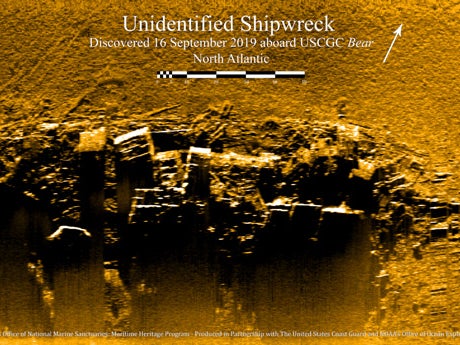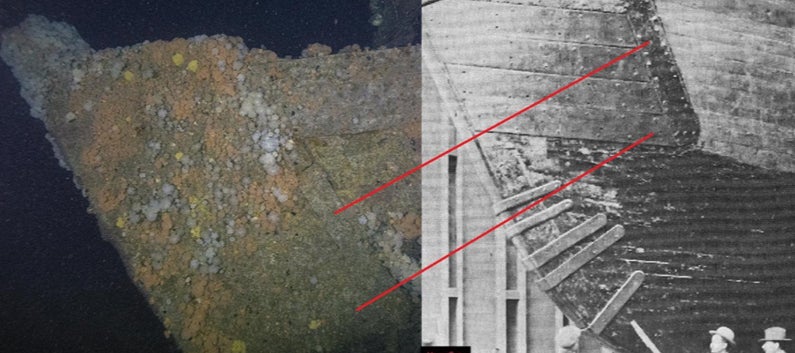
Almost 150 years after rolling off a Scottish shipyard, the legendary US Revenue Cutter Bear has been found off the coast of Canada.
Its discovery near Nova Scotia brings an end to the 60-year search for the iconic steam and sail-powered vessel famous for Arctic rescues and helping capture a German spy boat during World War II.
The Coast Guard and National Oceanic and Atmospheric Administration announced they are "reasonably certain" a wreck found in 2019 is the missing US Revenue Cutter Bear.

Before it sank in 1963, the Bear was already considered a historically significant ship after decades of service in the US Navy and the US Coast Guard.
Originally built in Scotland in 1874 as part of a commercial sealing fleet operating off Newfoundland, it was purchased by the US government 10 years later to join the US Navy fleet to rescue the Greely Expedition to the Arctic.
It served during World War I and World War II, and played a role in the US Navy Greenland Patrol’s capture of the Nazi spy trawler Buskoe. It delivered relief during the Spanish Flu Epidemic, and patrolled the Arctic for four decades before ending her service as a commissioned vessel in 1944.
Its most well-known captain from 1886-1895, "Hell Roaring" Mike Healy, was the mixed-race son of an Irish father and African-American mother. NOAA said in a news release that made him the first Black man to command a US government vessel.
"While he never, during his lifetime, self-identified as African American … he was in reality the first person of African American descent to command a ship of the US Government," it said in a news release.
After being sold to a private company in 1948, it was abandoned in Nova Scotia until it was purchased by a Pennsylvania entrepreneur in the 1960s to be converted into a floating museum and restaurant.
While being towed to its new home in Philadelphia, it sank to its final resting place about 90 miles south of Cape Sable in Nova Scotia.

“During Bear’s 40-year career in Alaska, the cutter performed some of the most daring and successful Arctic rescues in history,” the Coast Guard Atlantic Area’s official historian, William Thiesen, told the Associated Press.
“And when malnourished Native Americans needed food, Bear brought it. When stranded whalers needed rescue, Bear saved them. One hundred years ago when thousands of Alaskans contracted the Spanish flu during the pandemic, Bear brought doctors and medicine.”
Researchers found the shipwreck in 2019 but were unable to positively identify the remains until visiting the sea floor with underwater drones armed with high-definition video cameras.
While the hull had been degraded by time and mobile fishing gear, the team identified diagnostic features of the wreckage that matched historical photographs and construction plans of the Bear, including its unique forefoot and bow construction, bow planking, propeller post, and bollards.







